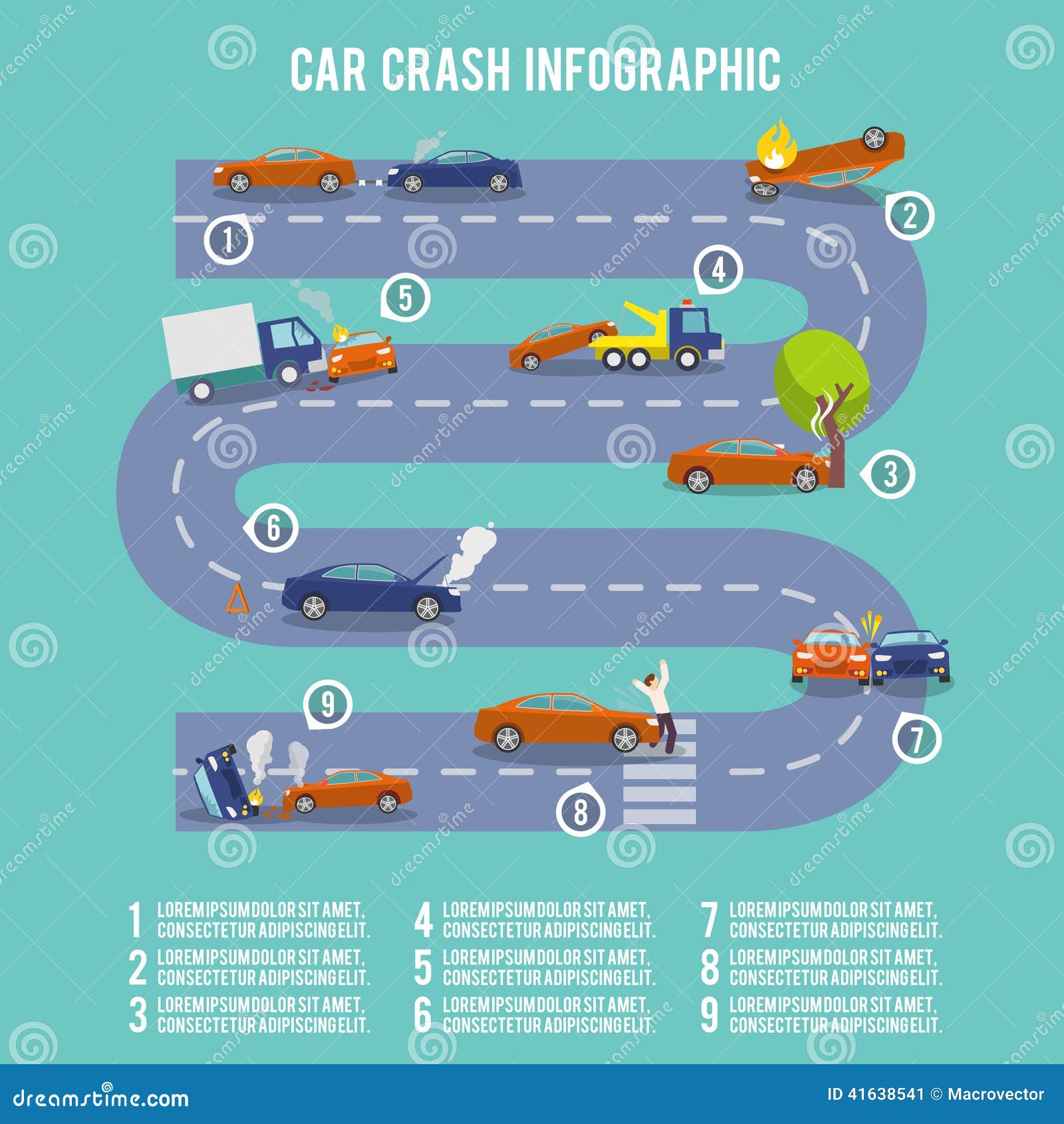Unraveling Real Significance Behind Your Cars And Truck'S Warning Lighting
Unraveling Real Significance Behind Your Cars And Truck'S Warning Lighting
Blog Article
Content Author-Cummings Boyer
When you're behind the wheel, those beautiful warning lights on your control panel can be a bit puzzling. Do you understand what they're attempting to inform you regarding your car's health? Understanding the relevance of these lights is important for your safety and the long life of your lorry. So, the following time one of those lights appears, would not you want to decode its message accurately and take the necessary steps to resolve it?
Common Caution Lights and Interpretations
Recognize common warning lights in your automobile and understand their definitions to guarantee secure driving.
One of the most normal caution lights consist of the check engine light, which signals concerns with the engine or discharges system. If car repair near me comes on, it's crucial to have your automobile checked quickly.
The oil pressure alerting light suggests reduced oil stress, needing instant attention to avoid engine damages.
A flashing battery light may recommend a defective billing system, potentially leaving you stranded otherwise addressed.
The tire stress tracking system (TPMS) light informs you to reduced tire stress, affecting car stability and fuel efficiency. Overlooking this might lead to risky driving problems.
The abdominal muscle light suggests a trouble with the anti-lock braking system, jeopardizing your capacity to quit rapidly in emergency situations.
Finally, the coolant temperature level advising light warns of engine getting too hot, which can result in extreme damages if not dealt with swiftly.
Understanding these usual caution lights will certainly assist you address problems quickly and maintain secure driving problems.
Relevance of Prompt Interest
Recognizing the common warning lights in your vehicle is just the primary step; the value of immediately addressing these warnings can not be stressed sufficient to ensure your safety on the road.
When a caution light brightens on your dashboard, it's your vehicle's method of interacting a possible issue that needs focus. Disregarding these warnings can result in extra extreme troubles later on, jeopardizing your safety and possibly costing you a lot more out of commission.
Trigger interest to cautioning lights can avoid break downs and accidents. For example, a blinking check engine light could suggest a misfire that, if left neglected, could create damages to the catalytic converter. Addressing this without delay can save you from an expensive repair service.
Likewise, a brake system advising light might indicate low brake liquid or worn brake pads, essential components for your safety and security when driving.
Do It Yourself Troubleshooting Tips
If you see a warning light on your control panel, there are a couple of do it yourself troubleshooting suggestions you can attempt before looking for expert help.
The first step is to consult your vehicle's manual to comprehend what the particular caution light suggests. Often the issue can be as easy as a loose gas cap causing the check engine light. Tightening up the gas cap may resolve the issue.
does car insurance cover ac repair is a low battery, which can activate various cautioning lights. Examining the battery links for deterioration and ensuring they're secure might fix the issue.
If a caution light lingers, you can attempt resetting it by disconnecting the automobile's battery for a couple of mins and then reconnecting it. Additionally, inspecting Learn Even more Here , such as oil, coolant, and brake liquid, can aid troubleshoot alerting lights associated with these systems.
Final thought
To conclude, understanding your car's warning lights is important for maintaining your vehicle running smoothly and safely. By without delay resolving these notifies and knowing what they indicate, you can stay clear of pricey repairs and possible break downs.
Bear in mind to consult your auto's manual for particular details on each alerting light and do something about it as necessary to make sure a trouble-free driving experience.
Keep notified, remain risk-free on the road!
